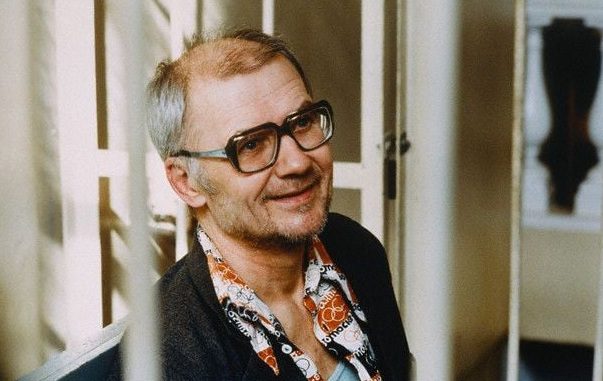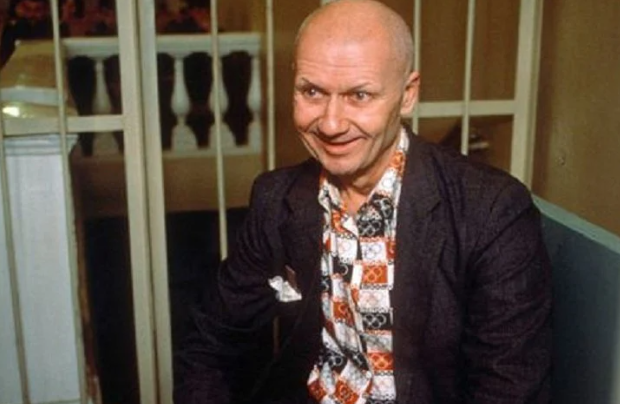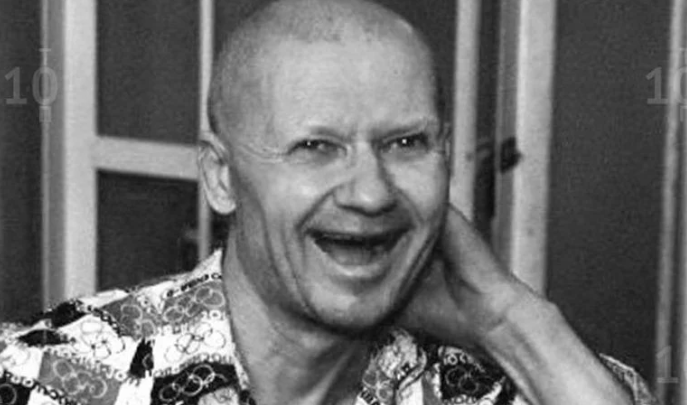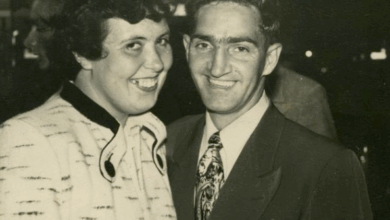Andrei Chikatilo – The Butcher of Rostov

Andrei Chikatilo – The Butcher of Rostov

Overview
Andrei Chikatilo was a Soviet serial killer responsible for the murder of at least 52 people, primarily women and children, between 1978 and 1990. Nicknamed “The Butcher of Rostov,” “The Red Ripper,” and “The Rostov Ripper,” his gruesome crimes shocked the Soviet Union and later the world. His case not only highlighted the horrors of his brutal acts but also exposed the flaws and limitations of Soviet-era criminal investigations.
Early Life and Background
Andrei Romanovich Chikatilo was born on October 16, 1936, in a small village in the Ukrainian SSR during a time of famine. He grew up in extreme poverty, under Stalin’s regime. His early years were marked by hardship, hunger, and stories of cannibalism during the Holodomor famine.
Chikatilo reportedly suffered from psychological trauma, including bedwetting, bullying, and social isolation. He developed sexual dysfunction early in life, which deeply humiliated him and contributed to later violent tendencies. After attending university and serving in the Soviet Army, he settled into a relatively quiet life as a teacher and clerk, eventually marrying and having two children. However, his outward normalcy masked a disturbing inner world.
The Killings Begin (1978)
Chikatilo committed his first known murder in 1978, when he lured a 9-year-old girl named Yelena Zakotnova into a secluded area in Shakhty, a town near Rostov. He attempted to rape her but failed due to impotence, and instead stabbed her multiple times, finding sexual arousal in the act of violence. Her body was found in a river days later.
Due to faulty Soviet investigative methods and pressure to close cases quickly, another man—Aleksandr Kravchenko—was wrongfully convicted and executed for the murder. This tragic miscarriage of justice allowed Chikatilo to continue his crimes unnoticed for years.
Murder Spree (1981–1990)

After a brief hiatus, Chikatilo resumed killing in 1981, and over the next decade, he murdered at least 51 more victims across Rostov and surrounding regions. Most victims were young women, teenage girls, and young boys. He often targeted runaways, hitchhikers, orphans, and the homeless—people less likely to be missed.
His modus operandi included:
-
Luring victims from train stations, bus stops, or streets with promises of food, shelter, or employment.
-
Taking them to secluded areas like woods or abandoned buildings.
-
Attacking with brute force, stabbing victims dozens of times.
-
Sexually mutilating the bodies—removing eyes, genitals, or internal organs.
-
Often engaging in cannibalism (though some claims remain unproven).
Chikatilo claimed he was sexually excited only by violence and blood, which tied back to his impotence and childhood trauma.
The Investigation and Mistakes
Soviet police were overwhelmed by the case. Their lack of experience with serial killers, coupled with bureaucratic pressure, hampered the investigation.
For years, the police refused to admit the possibility of a serial killer, citing that such a phenomenon was a “Western disease.” Numerous innocent men were arrested, some even wrongfully executed, while Chikatilo continued killing.
It wasn’t until the late 1980s that investigators, under Detective Viktor Burakov, began to connect the murders through forensic patterns and started surveilling railway stations where many victims were last seen.
Arrest and Confession (1990)
On November 20, 1990, Chikatilo was finally arrested near a train station after behaving suspiciously around young children. Authorities had already been monitoring him after previous brushes with the law.
Once in custody, Chikatilo initially denied everything. But after days of interrogation and psychological pressure, he confessed to 56 murders, providing chillingly accurate details. He even guided police to burial sites and described victims they had not yet linked to the case.
The trial of Andrei Chikatilo began in 1992 and was one of the most infamous in Russian history. The courtroom was packed with the media, family members of victims, and security guards.
Chikatilo appeared erratic, often shouting or undressing in court, claiming to be mentally ill. However, psychiatric evaluations declared him sane and fully aware of his actions. He was convicted of 52 murders and sentenced to death.
On February 14, 1994, Chikatilo was executed by a single gunshot to the back of the head in a Russian prison.
Legacy and Impact
The case of Andrei Chikatilo left a deep scar on Soviet society. His crimes:
-
Exposed systemic failures in law enforcement under the Soviet regime.
-
Resulted in reforms in criminal profiling, forensic science, and police cooperation.
-
Inspired countless books, films, and documentaries exploring the psychology of serial killers.
-
Sparked conversations about mental health, abuse, and the dangers of repression.
Today, he remains one of the most reviled and studied serial killers in history—a grim reminder of the darkest capacities of human nature when left unchecked.





